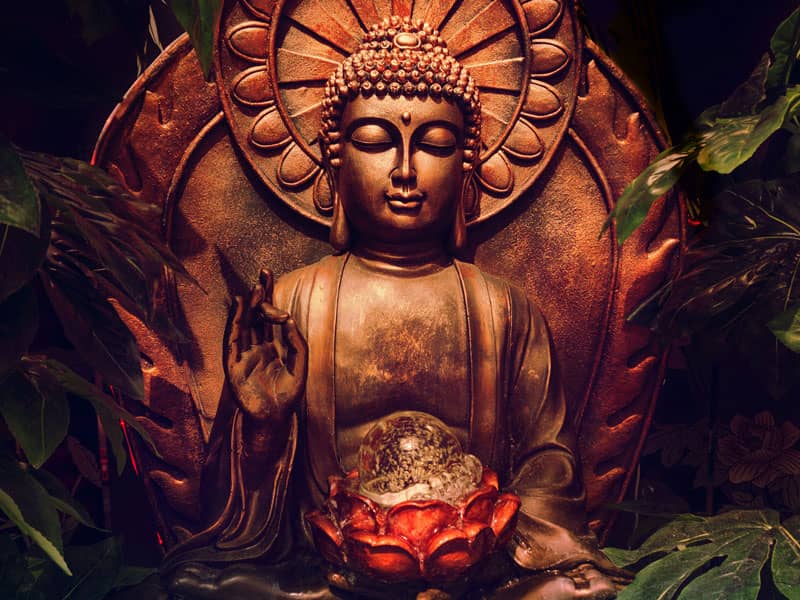A: Personally, I have found that meditation helps clear my mind and open my heart in a way that is very conducive to creative expression. Many of my spiritual friends also find this to be true. And conversely, many people have found that communing with the Muses is not unlike connecting with their God, Higher Power or inner source. As a dharma teacher, I like to remember Emily Dickinson, who said "truth is such a rare thing, it is delightful to tell it." This is what I strive for through writing--to nourish the spirit, on both sides of this page, yours and mine.
The best-selling poet in America today is Rumi, the 13th-century Sufi saint and mystic. I think Rumi's work embodies the intimate relationship between creativity and spirituality. In fact, many creative giants--from St. John of the Cross and St. Francis to Van Gogh and Leo Tolstoy and from Emily Dickinson to the ancient Chinese Buddhist poet, painter, and musician Wang Wei--have expressed their spirituality through art and their art through spirituality.
As a consequence, we have inherited a vast treasury of religious art from all cultures, products of spiritual practices, including the contemplative arts such as chant, sacred music and dance, sacred iconography, and architecture.
In Tibet, playing the ritual instruments used in liturgical rites and painting Buddhist thangkas (scrolls) are considered forms of worship and meditation. The Zen arts of poetry (haiku), painting (sumi-e), calligraphy, tea ceremony, and gardening--are examples of meditation in action, and they are practiced to bring about the same kind of results as zazen or sitting meditation.
Contemplative practice, daily nature walks, and still, silent listening can be among the best natural meditations. They help clarify our minds and uplift the heart, dissolving our ordinary preoccupations and mental states that dissipate the fertile spirit within. Such daily disciplines are also excellent tonics for our agitated, febrile brains and weary bodies. When we ease into the realm of non-doing--what Chinese Buddhists called wu wei--there is more room for our mysterious, unfabricated inner self to naturally emerge.
Buddhist artists including Allen Ginsberg, Meredith Monk, and Philip Glass, among others, have told me that their art has always been an important part of their spiritual practice. When writer Natalie Goldberg told her Zen master that she had great difficulty with sitting meditation, he instructed her to hone her spiritual practice of writing, because her well-developed creative process freed her from constraint and self-consciousness. This is what I call natural meditation, and it is also the point of the training in the Zen arts.
It takes time and practice to learn to "get out of the way" and enter into the state from which such true art emerges. The total attention, precision, and discipline required for true creativity to blossom though one's own craft requires fully inhabiting the present moment, free of self and other, past and future, in a non-conceptual state of wakefulness--just like meditation practice. The late Tibetan master Trungpa Rinpoche called it "First thought, best thought"--a slogan embodying the notion that raw, unedited "isness" is the stuff that real poetry is made of. Every moment is rich with infinite possibilities. Think of it as channeling: Get out of the way, and let the Muse speak.
Even without practicing an established form, we have the most authentic art medium at our fingertips: the fine art of living--living day-to-day and moment-to-moment. When we see every moment freshly, that is art, that is creating life anew. True art introduces a new way of seeing and being. Was a Campbell's soup can art before Andy Warhol saw it? That's fresh seeing.
Creativity is not just something for the professionals and it's not limited to splashing paint on canvas or choreographing a ballet. We're all artists; we're all dancers; we're all creative spirits in life. Dancing with life is what it's all about. Thomas Merton said: "God prays by dancing." Let's join in.

